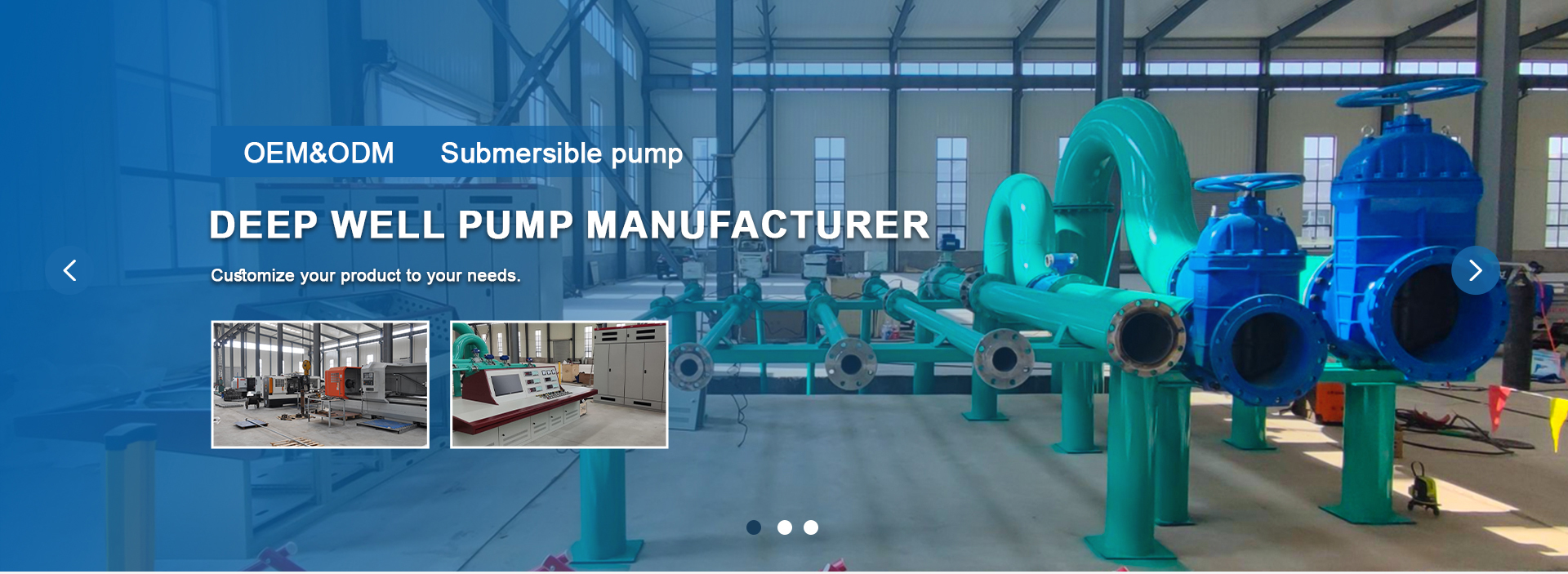Nov . 25, 2024 02:15 Back to list
Steps to Properly Install a Submersible Well Pump for Efficient Water Supply
How to Install a Submersible Well Pump
Installing a submersible well pump can seem daunting, but with careful planning and the right tools, it can be a manageable DIY project. A submersible pump operates underwater and is designed to deliver water from a well to your home or irrigation system. This article will guide you through the steps involved in the installation process.
Tools and Materials Needed
Before you begin, gather the necessary tools and materials. Here’s a checklist to help you
- Submersible well pump - Pump cable (usually comes with the pump) - PVC pipe or steel pipe for discharge - Power cable (if not included with the pump) - Pipe wrenches - Electrical tape - Rope or lifting strap - Waterproof connectors - Sealant - Pipe fittings - Concrete (if you need to set a base for the pump)
Step 1 Prepare Your Well
Before installing the pump, ensure your well is clear and ready for the pump. This might include clearing debris around the top of the well casing and removing any rust or corrosion. Inspect the well casing for any cracks or damage which may affect the performance of your pump.
Step 2 Assemble Your Pump
If your submersible pump requires any assembly, refer to the manufacturer's instructions. Typically, you'll need to connect the necessary pipes and fittings to the discharge side of the pump. Ensure all connections are tight and secure to prevent leaks.
Step 3 Attach the Power Cable
Carefully attach the power cable to the pump if it isn't pre-installed
. Make sure you strip and connect the wires according to the manufacturer's guidelines. Waterproof connectors are essential here to protect against moisture, so ensure that all connections are properly insulated with electrical tape.Step 4 Lower the Pump into the Well
how to install a submersible well pump

Before lowering the pump, affix a lifting strap or rope to the pump's designated lifting point. This will help you control the descent and retrieval of the pump. Slowly lower the pump into the well, ensuring that the power cable and discharge pipe do not kink or become entangled.
It's best to lower the pump straight down rather than at an angle. Pay attention to the depth of the water in the well—your pump should be submerged at the correct depth as specified by the manufacturer. Remember, the pump should be positioned above any sediment, as this can avoid clogging and performance issues.
Step 5 Connect the Discharge Pipe
Once the pump is fully submerged, connect the discharge pipe. This pipe will transport the water from the pump to the surface and to your home. Make sure the connections are secure. If needed, you can use sealant to prevent leaks.
Step 6 Set Up the Control Box
Most submersible pumps require a control box that regulates the electricity supply. Locate a suitable and safe place for the control box above ground where it will be protected from water damage. Connect the power cable from the pump to the control box, ensuring all connections are secure and properly insulated.
Step 7 Test the Pump
After completing the installation, it’s time to test the pump. Turn on the power to the control box and check if the pump is running smoothly. Monitor for any unusual sounds or vibrations. It’s essential to ensure that water is being effectively delivered to your desired outlet.
Step 8 Create a Protective Cover
To prevent debris from entering the well while ensuring safety, create a protective cover over the well. This can be a simple board or a more elaborate structure depending on your preference and well location.
Final Thoughts
Installing a submersible well pump can provide you with reliable access to water for your home or garden. Always follow the manufacturer's guidelines during installation and consider hiring a professional if you are unsure about any steps or dealing with electrical connections. With some patience and careful execution, you’ll have a well functioning pump in no time!
-
submersible-sump-pump-auto-drainage-for-crawlspaces
NewsAug.22,2025
-
solar-powered-stainless-steel-submersible-well-pump-setup
NewsAug.22,2025
-
stainless-steel-well-pump-flow-rate-optimization
NewsAug.22,2025
-
water-filled-submersible-pump-fish-farm-oxygenation
NewsAug.22,2025
-
submersible-pump-in-aquaculture-and-fish-farming
NewsAug.22,2025
-
deep-well-submersible-pump-for-drought-areas
NewsAug.22,2025
-
 submersible-sump-pump-auto-drainage-for-crawlspacesCrawlspaces, those narrow areas beneath homes, are prone to water accumulation due to leaks, groundwDetail
submersible-sump-pump-auto-drainage-for-crawlspacesCrawlspaces, those narrow areas beneath homes, are prone to water accumulation due to leaks, groundwDetail -
 solar-powered-stainless-steel-submersible-well-pump-setupHarnessing solar energy to power stainless steel submersible well pumps is a sustainable and coDetail
solar-powered-stainless-steel-submersible-well-pump-setupHarnessing solar energy to power stainless steel submersible well pumps is a sustainable and coDetail -
 stainless-steel-well-pump-flow-rate-optimizationIn various applications like agriculture, domestic water supply, and industrial use, the flow rate oDetail
stainless-steel-well-pump-flow-rate-optimizationIn various applications like agriculture, domestic water supply, and industrial use, the flow rate oDetail
